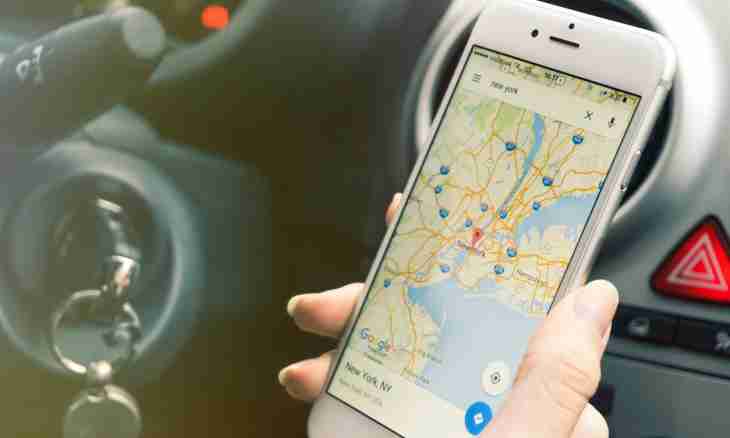Navigators differ from each other a form factor, feature set and parameters. In a combination with each other all this defines a device scope. Some navigators it is more convenient to use in transport, others are suitable for foot walks more.
Instruction
1. It is the most convenient to pedestrian to use the mobile phone with the built-in GPS receiver. Many devices of the middle class released by the companies, Nokia, Samsung, HTC and also all phones of the range Apple iPhone are that, for example. The possibility of installation of programs of third-party vendors allows to use on such phones cartographic Google applications of Maps, Yandex.Maps, "This email address is being protected from spambots. You need JavaScript enabled to view it." and others. These programs are available for the majority of modern mobile OS, in particular, of Andriod, iOS, Symbian. If there is no unlimited Internet, and operator - MegaFon or Beeline, Yandex.Maps as they can be configured so that Internet traffic in the home region was free are most convenient. Using the special bracket, the mobile phone can be fixed also by bicycle, and departing from it, say, in shop - to remove the device and to take away with itself. And here such substitute of the navigator is contraindicated to motorists - it has a small display, and voice hints are absent, and continuous concentration of a look on the screen instead of the road is dangerous.
2. At absence in phone of the built-in navigation receiver it can be connected outside. The device for this purpose should have the Bluetooth interface. Using the external receiver connected via this interface it is possible to turn into the navigator even very cheap phones - if only installation of programs on the J2ME platform was supported. It is important only not to forget to recharge not only phone, but also the external receiver in time. It can be, for example, the models GlobalSat BT-368, Jet! Bluetooth GPS Sirf Star III. And some such receivers can be charged not only from network, but also from the built-in solar battery, for example, of Qstarz BT-Q815.
3. Mass automobile navigators most often work running the special version of Windows CE OS. Some models of the middle class use the Android operating system, a little more exacting to resources, and at some there are both systems which can be started in turn (for example, GlobusGPS). Irrespective of OS, these devices are designed so that function of navigation is in them the main. As auxiliary function of the MP3 player working in a background is quite often provided in them. There are devices with the Bluetooth interface which are connected to the mobile phone for loading from the Internet of information on traffic jams (for example, Prology iMap-540SB) and also devices with the built-in GPRS module (in particular, Pocket Navigator GS-500). Despite existence of the accumulator, it is not recommended to use the automobile navigator as portable: the charge will last at most for half an hour.
4. When from the navigation device the considerable period of operation from one charging is required, so-called "vozvrashchatel" help out. In memory of it of a miniature priborchik with the black-and-white screen the local map is not put absolutely. Having appeared at an object to which it is necessary to return, the user clicks, and point coordinates where it is now, are remembered. In process of a distance from it also the route is remembered. After that, following hints of "vozvrashchatel", it is possible to return back. Examples of such devices - Master Kit MT1031, Orient NG1.
5. Accuracy of determination of coordinates by the navigator considerably increases if the device is capable to accept signals of the GLONASS satellites. From automobile devices such function Explay GN-520, and from mobile phones - MTS has, in particular, 945 GLONASS.

